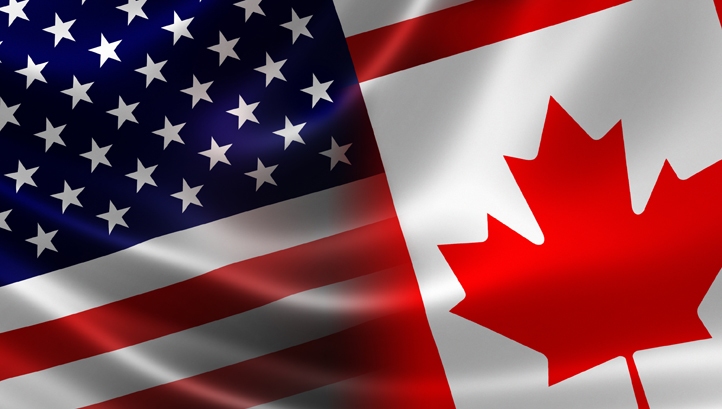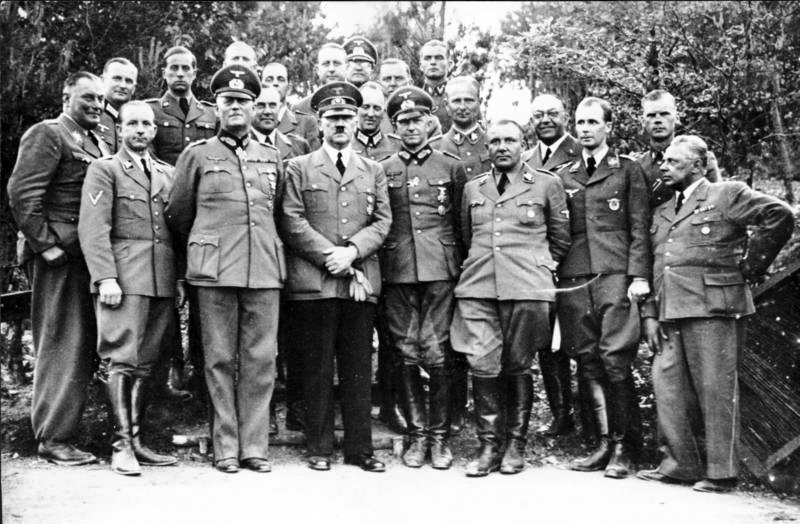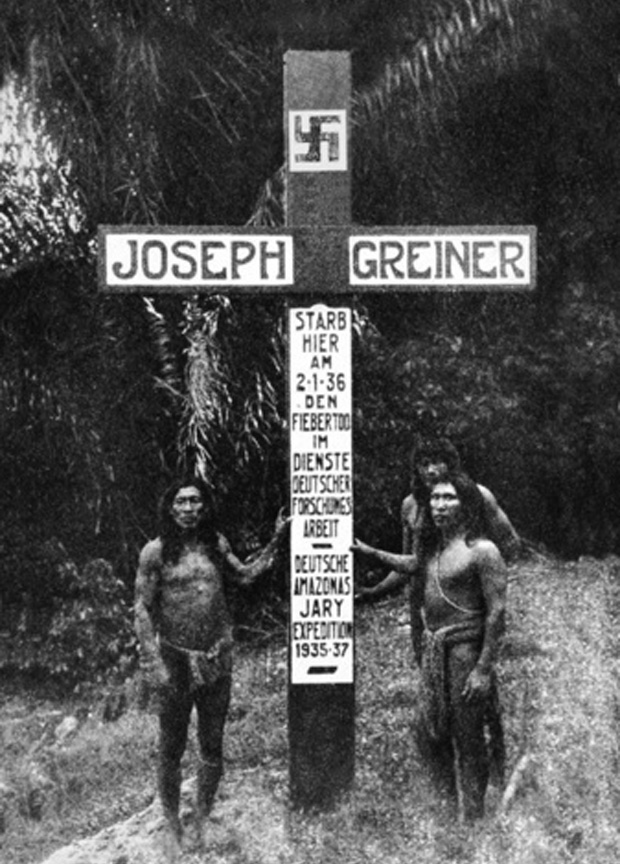The United States’ Secret Plan to Invade Canada
A time-honored tradition in the U.S. military, contingency plans have been drawn up for the defense against, and invasion of, most major military powers. In fact, in response to recent events on the Korean peninsula, the U.S. and South Korea recently signed on to such a plan. One of the most interesting episodes in this rich history of preparing for things that will probably never happen came when Uncle Sam planned to invade Johnny Canuck.
Early Planning
In the years leading up to World War II, beginning in fact in the 1920s, the army began planning for wars with a variety of countries, designating each plan by a different color: Germany (black), Japan (orange), Mexico (green) and England (red); as a dominion of Great Britain, Canada (crimson) was presumed to be loyal to England, and thus was included in the plan against a supposed British invasion (not to be confused with that of the 1960s).
The paranoid U.S. military strategists who devised War Plan Red believed that if the Britain and America were to battle again, it would begin from a trade dispute. Whatever the cause, army planners anticipated that any war with England would be prolonged, not only because of British and Canadian tenacity, but also from the fact that Britain could draw manpower and resources from its empire, including at that time Australia, Hong Kong, India, Kenya, New Zealand, Nigeria, Palestine, South Africa and Sudan.
Canadian Invasion Plan
Different versions of the plan were proposed, and one was first approved in 1930 by the War Department. It was updated in 1934-1935, and, of course, never implemented. Although it was far reaching and addressed some of Britain’s greatest strengths, such as the Royal Navy, one of the chief areas of concern was the U.S.’s long border with Canada. As a result, the plan addressed our northern neighbors with great detail, to wit:
British Columbia
With its vital naval base, military strategists planned a naval attack on Victoria, launched from Port Angeles, Washington, as well as a combined assault on Vancouver and its island. Successful occupation of this area would effectively cut off Canada from the Pacific.
Manitoba
The central hub for the Canadian railway system was located in Manitoba’s capital city, Winnipeg; army strategists felt that a land assault could easily be launched from Grand Forks, North Dakota, and Canada’s rail lines neutralized.
New Brunswick and Nova Scotia
Military planners apparently hoped to stun the Maritime Provinces with a poison gas attack on Nova Scotia’s capital city, Halifax, then also home to a major naval base. The chemical battle would then be followed by a sea invasion at St. Margaret’s Bay. It that didn’t work, an overland invasion and occupation of New Brunswick would, hopefully, isolate the valuable seaports of Nova Scotia from the remainder of Canada, effectively stopping British resupply of its forces.
Ontario
A three-pronged attack, arising from Buffalo, Detroit and Sault Ste. Marie would gain control of the Great Lakes for the U.S. In addition to causing a crushing blow to British supply lines, it would allow the United States to control most of Canada’s industrial production.
Quebec
An overland attack launching from adjacent New York and Vermont was planned. Control of this French-speaking province would, when combined with control of the Maritime Provinces, stop Britain from having any entry point to the remainder of the country from the Eastern seaboard.
Revelation of the Plan
Although it was declassified in 1974, portions of the plan were inadvertently leaked long before. During what was supposed to be classified testimony by military brass to the House Military Affairs Committee, two generals revealed some of the details of War Plan Red. That testimony was mistakenly published in official reports, which were picked up and printed by the New York Times.
Also revealed in the New York Times was the fact that the United States Congress had assigned $57 million in 1935 (nearly $1 billion today) in order to build three air bases near the U.S./Canadian border in line with War Plan Red’s recommendations, in case the U.S. needed to defend against or attack Canada. These air bases were supposed to be disguised as civilian airports, but the Government Printing Office accidentally reported the existence of the air bases on May 1 of 1935, blowing their cover.
Interestingly, War Plan Red’s recommendations also proposed that the U.S. not just invade in such a war with Britain and Canada, but take over, adding any conquered regions as states to the United States.
The Sad History of Americans Invading Canada Badly
Americans have a history of underestimating the Canadians:
Revolutionary War
In September 1775, Benedict Arnold (when he was still on our side) led an unsuccessful assault on Quebec City overland through difficult Maine wilderness; over 40% of Arnold’s men were lost making the attempt, and yet, inexplicably, he was promoted to Brigadier General.
War of 1812
During the second war with Britain, Thomas Jefferson opined that to occupy Canada was a “mere matter of marching” for U.S. troops. Yet attacks in the Old Northwest, across the Niagara River, and north from Lake Champlain, all failed.
Proxy “War” for Ireland
Over a period of five years from 1866 to 1872, Irish Catholics from the U.S. engaged in a series of raids on Canadian targets, including forts and customs houses. Known as the Fenian raids, the Fenian Brotherhood had hoped that their actions would force the British to withdraw from Ireland. They were unsuccessful.
Post Cold War
In 1995, Michael Moore created a fictional war between the United States and Canada in the comedy, Canadian Bacon. Like the real-life Americans who went before them, the fictional invasion in this farcical political commentary failed.
What Comes Around Goes Around
Before you get the idea that only Americans are aggressive bastards, you should know that the Canadians had developed a plan to invade the United States before the U.S. ever started on its scheme.
Characterized as a counterattack, the 1921 plan more accurately resembles a preemptive war. The brainchild of Lieutenant Colonel Buster Sutherland Brown of the Canadian Army, the plan called for a surprise attack on the U.S. as soon as the Canadians had “evidence” that America was planning an invasion; it was felt that a preemptive strike was required, as it would be the only way Canada could prevail in a battle with its larger, southern neighbor, which benefited from a far greater arsenal and much more manpower.
Other advantages of the quick strike included the fact that the war would be fought on American territory, so losses in civilian life and infrastructure would be borne by the Americans. Finally, the colonel thought this plan would best buy the Canadians time for their allies, the British, to come to their rescue before the Americans could launch an effective counter strike.
It’s always the quiet ones.


